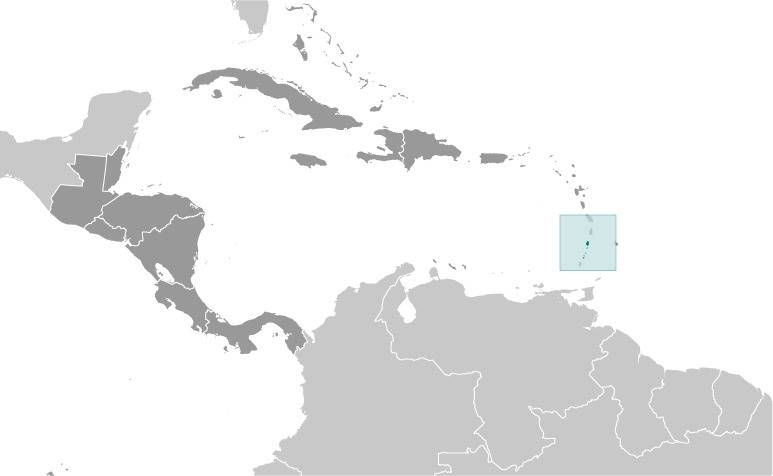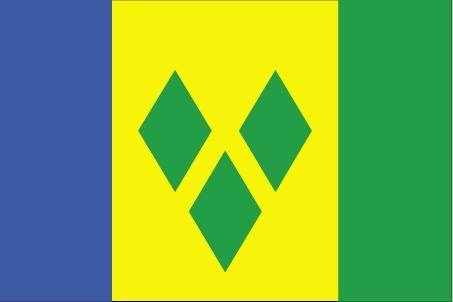Country Summary




Introduction
Background
Resistance by native Caribs prevented colonization on Saint Vincent until 1719. Disputed by France and the UK for most of the 18th century, the island was ceded to Brittan in 1783. Between 1960 and 1962, Saint Vincent and the Grenadines was a separate administrative unit of the Federation of the West Indies. Autonomy was granted in 1969 and independence in 1979.
Geography
Area
total: 389 sq km
land: 389 sq km
water: 0 sq km
Climate
tropical; little seasonal temperature variation; rainy season (May to November)
Natural resources
hydropower, arable land
People and Society
Population
100,969 (2022 est.)
Ethnic groups
African descent 71.2%, mixed 23%, Indigenous 3%, East Indian/Indian 1.1%, European 1.5%, other 0.2% (2012 est.)
Languages
English, Vincentian Creole English, French patois
Religions
Protestant 75% (Pentecostal 27.6%, Anglican 13.9%, Seventh Day Adventist 11.6%, Baptist 8.9%, Methodist 8.7%, Evangelical 3.8%, Salvation Army 0.3%, Presbyterian/Congregational 0.3%), Roman Catholic 6.3%, Rastafarian 1.1%, Jehovah's Witness 0.8%, other 4.7%, none 7.5%, unspecified 4.7% (2012 est.)
Population growth rate
-0.17% (2022 est.)
Government
Government type
parliamentary democracy under a constitutional monarchy; a Commonwealth realm
Capital
name: Kingstown
Executive branch
chief of state: King CHARLES III (since 8 September 2022); represented by Governor General Susan DOUGAN (since 1 August 2019)
head of government: Prime Minister Ralph E. GONSALVES (since 29 March 2001)
Legislative branch
description: unicameral House of Assembly (23 seats; 15 representatives directly elected in single-seat constituencies by simple majority vote, 6 senators appointed by the governor general, and 2 ex officio members - the speaker of the house and the attorney general; members serve 5-year terms)
Economy
Economic overview
upper middle-income Caribbean island economy; key agriculture and tourism sectors; environmentally fragile; major banana and arrowroot exporter; CARICOM member and US Caribbean Basin Initiative beneficiary
Real GDP (purchasing power parity)
$1.34 billion (2020 est.)
Real GDP per capita
$12,100 (2020 est.)
Agricultural products
bananas, sugar cane, roots/tubers, plantains, vegetables, fruit, coconuts, sweet potatoes, yams, mangoes/guavas
Industries
tourism; food processing, cement, furniture, clothing, starch
Exports
$320 million (2018 est.)
Exports - partners
Jordan 39%, Singapore 14% (2019)
Exports - commodities
natural gas, drilling platforms and ships, recreational boats, collector's items, eddoes and dasheen (taro), arrowroot starch (2019)
Imports
$450 million (2018 est.)
Imports - partners
United States 30%, Trinidad and Tobago 12%, China 8%, United Kingdom 6% (2019)
Imports - commodities
refined petroleum, ships, poultry meats, tug boats, recreational boats (2019)
Exchange rates
East Caribbean dollars (XCD) per US dollar -
Page last updated: Monday, September 12, 2022
